A Post on Facebook
Here's what I said.
“Happy Juneteenth, everyone!
I am not going to preach at you for very long but I AM going to preach.
As a historian, American History and Black History are inseparable. African slaves arrived in North America the year BEFORE the lily-white Pilgrims got here. The is no American history that does not include African-American history. Our sisters and brothers had nothing to celebrate on the fourth of July. Freedom from Great Britain meant NOTHING to those millions enslaved by those who proclaimed Liberty for all Americans. Therefore, we should celebrate June 19th as a second, perhaps even more meaningful, day of freedom. Juneteenth should mean as much OR MORE to us than July 4th because on June 19, 1865, all Americans were able to celebrate freedom.
As a Jazz Journalist, I would have nothing to say were it not for the incalculable founding and development of the art form that I love so well. I cannot imagine my life without Louis Armstrong, Duke Ellington, MaryLou Williams, Fletcher Henderson, Ella Fitzgerald and Sarah Vaughan, and the Holy Trinity of Monk, Miles and Trane.
As a theologian, I am persuaded by the thinking of James Cone, Desmond Tutu, and Monica Miller. Gustavo Guttierez was correct, God is the God of the Oppressed. For me, it is the African-American churches where I am most at home and it is there where I find Grace so well lived.
So, when I say that Black Lives Matter, I mean that I cannot imagine my life and my thinking and loving the things I do apart from my Living Black Sisters and Brothers. If you respond with All Lives Matter, then you just don’t get the point.
If all I have is a voice and a pen, then so help me, I will use everything I have to keep that thought alive for those around me.
Sisters and Brothers, I love you, I respect you, and I can’t, nor do I want to, imagine life without you.
Black Lives Matter to Me.”
Amazing Response
As of Sunday night, 6,500 people watched it and it was shared almost 200 times. That’s was gratifying, of course, and I heard from so many of my former students about it.
But what was amazing to me was the number of people who congratulated me who are unmitigated racists. Now, I am NOT referring to anyone who reads this paper.
I’m actually referring to people who I have known in the past and to whom I may be related by birth. I guess it’s true that most racists don’t know they are racists.
The Crackers Show Up
But here’s what really gets me and I have come to refer to as crackerism. The word cracker is a slang reference for white people and is usually used by people of color. Not because we are white like a Saltine Cracker ™ or anything like that. No, it is associated with a sound, the crack of a bull-whip.
So, the crackers started showing up, sounding the ever-white whine of “But what about meeeee?”
Makes me sick.
Time to Change
Then we start seeing corporate guilt showing up with (finally!) the changing of the logos for Aunt Jemima™ and other products. Aunt Jemima represented a slave “mammy” who was given the responsibility of feeding the slave “owners” family.
Yeah. Time to change.
My friend, Jazz pianist Pete Levin, remarked that maybe all products should be just called “Acme” but, he said, “I would be afraid that every time I ate breakfast, I would be hit on the head by an anvil.”
So, Land O’ Lakes dropped the Native American young woman from the label and people lost their ever-lovin’ minds over it.
The woman is pictured on her knees before the buyer. I don’t care what the artist meant or how much respect he had for the Native American culture, the image is now seen as a victim of oppression.
But even if you disagree or if you don’t see it, congratulations to the corporations who let their collective guilt prompt them to action. Doing the right thing sometimes requires a little pressure, if only from your own conscience.
A Salute to Kindness Meets with Vapid Response
So, Nicole then posted a remark on Facebook about those acts of kindness. Her entire and singular point was to celebrate the kindness of companies who take strides to be sensitive to the feelings of others. Otherwise, we are putting our “right to offend” above the responsibility to be understanding and respective and kind.
And, for the love of God, changing the picture doesn’t change the butter! Changing the mascot of the Washington NFL team won’t make them better or worse.
Freedom of Speech is not freedom to offend or trample or slander or libel or promote bigotry.
And, if you’re tired of hearing me go on and on about racism, image how tired our sisters and brothers of color are, how back-breakingly exhausted they are, of 401 years of this insanity.
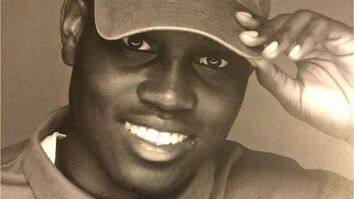
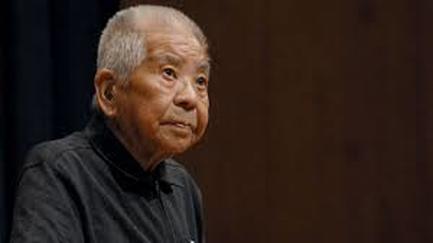
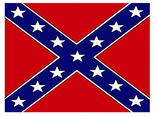



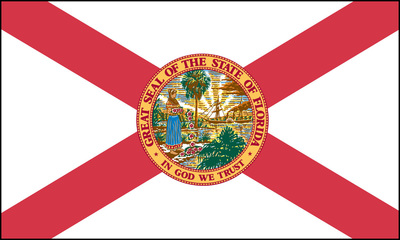
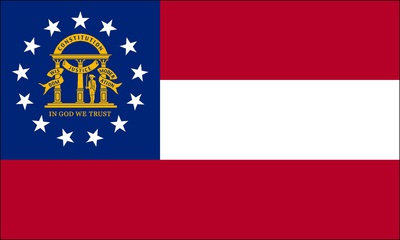
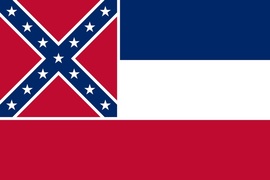
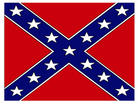
 RSS Feed
RSS Feed
